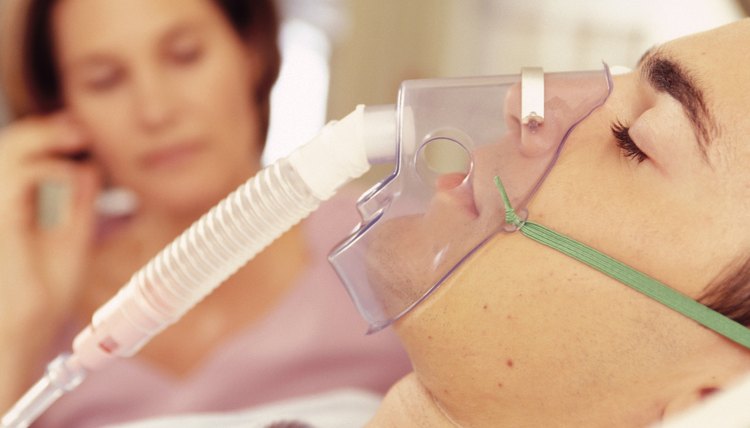IPAP Vs CPAP

The terminology of polysomnography, or sleep studies, can be confusing. But any discussion about the subject likely start with knowing the difference between CPAP and IPAP, as well as other terms such as EPAP and BIPAP.
CPAP
CPAP stands for continuous positive airway pressure. This is the most common type of treatment for obstructive sleep apnea syndrome. The CPAP machine is set to a fixed pressure, which ranges from four to 18 or higher depending on the model.
IPAP
IPAP stands for inspiratory positive airway pressure. This is used in conjunction with EPAP, or expiratory positive airway pressure. The combination of these two pressures is what characterizes BIPAP, or Bilevel treatment.
Why CPAP Versus IPAP?
CPAP is used for standard obstructive sleep apnea. However, some patients have low oxygen levels that do not resaturate during the night. For patients with this condition, known as hypoventilation syndrome, the goal is to increase oxygen by ventilating via the use of inhalation pressure and exhalation pressure.
Which Is Best for You?
If your sleep study finds that you experience oxygen desaturation but your oxygen level increases between apneas, you may only need CPAP. IPAP is reserved for those patients who need the extra assistance ventilating during sleep. In these cases it is not simply a matter of opening the airway but also assisting in breathing.
Other Considerations
Some patients find IPAP and EPAP pressures easier to tolerate than CPAP treatment alone. However, in most instances, BIPAP should be reserved for patients who need additional oxygenation.
References
Writer Bio
Nathan Schwartz holds a master's degree and works in the health care field as a technologist. Schwartz has five years of freelance writing experience, and has written reference material on a range of health and wellness topics.
